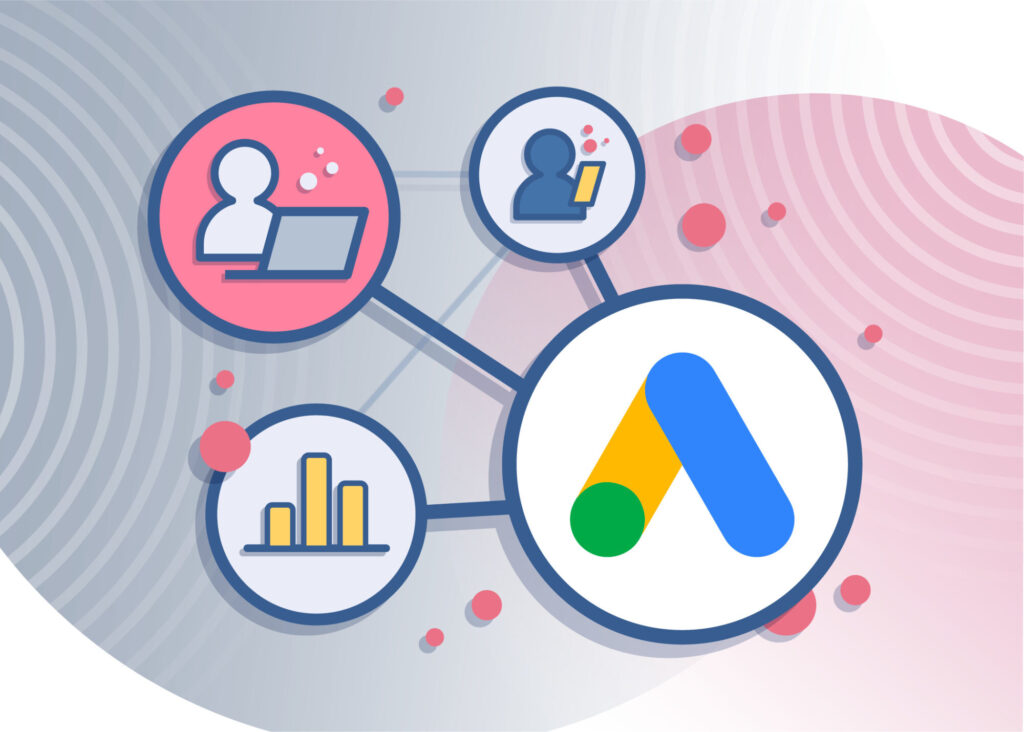06th Mar 2023
Leveraging Local Advertising for Online Brands
Using Google's location targeting to take your advertising to the next level.
Google Ads
29 June 2022
Chris Lewis
The GA conversion import isn’t fit for purpose. There’s a far better alternative.

I have a confession to make. For the last few years I have been using the wrong method to record conversions in Google Ads, and I’m sure many of you reading this are doing the same.
My recommendation to clients was always this: Why bother installing Google Ads conversion tracking, when you can simply import your conversions from Google Analytics?
It seems like the obvious choice. The import feature is simple and works seamlessly, so why would you install two separate sets of tracking tags, when you can do everything with Google Analytics?
There are some notable benefits of this method of conversion tracking too. By using Google Analytics tracking in Google Ads, you can be sure that you are reporting using a consistent method of attribution. This is especially useful if you are using GA as your primary reporting source for your cross-channel marketing efforts. It’s also true that Google Analytics tracking is the most accurate for channel-agnostic reporting, as many of the ad platforms will claim 100% credit for conversions they only had a small hand in.
Despite the benefits of the GA import, Google Ads conversion tracking will definitely improve the performance of your ad account, and here’s why.
The main difference between the two methods of conversion is the attribution model. Google Analytics uses a last non-direct click model, which means a conversion is attributed to the last touchpoint in the journey before conversion (except if that touchpoint is direct). For example, a user who visits a site via a paid ad, and then returns via an organic listing before converting, will give 100% of the credit for the conversion to the organic listing.
Google Ads’ attribution model will look for the most recent Google Ads click and will give credit to that click. This means that in the example above, Google Ads would claim credit for this conversion.
In the days of cookie opt-ins and GDPR, the more data we can gather the better. Why would we only pass last-click conversions through to Google Ads, when we could be capturing every relevant conversion? After all, the automated bidding strategies can do the heavy lifting in terms of account optimisation, and feeding in more data will make those strategies more efficient.
Google Ads first started suggesting the use of their attribution models years ago. Models such as time-decay, position based, and the crown jewel data-driven attribution, have become a staple of most paid search strategies.
The thing is though, these models mean next to nothing if you are only sending last-click conversions through to Google Ads. Think about it this way – how can Google Ads attribute credit to any earlier click, if non-paid conversions are never being sent to the platform?
The result is, an attribution model that can only credit earlier clicks, if the last touchpoint before conversion is either a Google ad, or a direct visit. So much for intelligent attribution!
With Google Ads conversion tracking, all relevant conversions are ingested by the platform, and attribution modelling can work to its fullest extent. As with smart bidding, this means Google Ads will be optimising your account correctly.

The main reason for switching to Google Ads conversion tracking comes down to attribution: more tracked conversions, more mature data, better account performance and results.
However, as if that wasn’t enough, Google Ads also throws in a couple of additional features that prove really useful. The first is cross-device tracking. Google Analytics cannot track conversions over multiple devices, but Google Ads uses a combination of data from signed-in Google accounts, and a healthy dose of modelling, to report on conversions that span more than one device.
Secondly, call conversions & Google’s call forwarding feature are only possible via Google Ads. Google dynamically changes your site’s phone number to a Google forwarding number. When a call is connected, Google Ads can report on this. You can even change the settings for different lengths of calls, if you want to qualify your leads. This tracking also works for call extensions within ads, which would never be tracked via the website.
Google Analytics tracking definitely has its place. It’s still the most robust way to measure your site’s performance across every channel, and should form the basis of any website performance reporting.
Within the Google Ads platform though, why not give some fit for purpose conversion tracking a go? We’re confident you’ll see results!
06th Mar 2023
Using Google's location targeting to take your advertising to the next level.
24th May 2022
A look at Performance Max, Google's newest campaign type.
